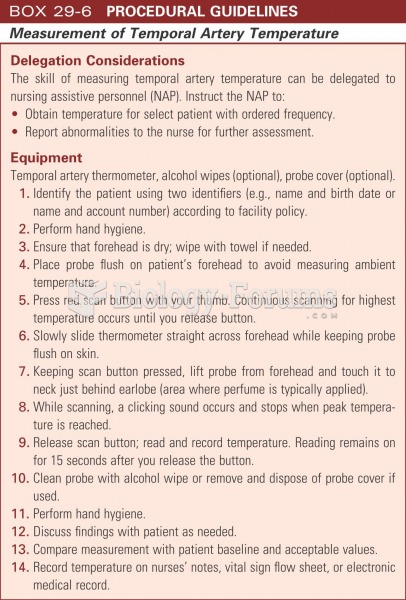Answer to Question 1
ANS: D, E
One assumption often made in interpreting study results is that the study variables were adequately measured. This adequacy is determined by examining the fit of operational definitions with the framework and through validity and reliability information. Although reliability and validity of measurement strategies are reviewed before use, one must reexamine the measures at this point to determine the strength of evidence available from the results. For example, did the measurement truly reflect the concept in the study population? Were the validity and reliability of instruments examined in the present study? The validity and reliability of measurement methods are critical to the validity of results.
Answer to Question 2
ANS: A, C, D, E
Unpredicted nonsignificant or inconclusive results are the most difficult to explain. These results are often referred to as negative results. The negative results could be a true reflection of reality. In this case, the reasoning of the researcher or the theory used by the researcher to develop the hypothesis is in error. If so, the negative findings are an important addition to the body of knowledge. With nonsignificant results, it is important to determine if adequate power of 0.8 or higher was achieved for the data analysis. Thus, the researcher needs to conduct a power analysis to determine if the sample size was adequate to prevent the risk of a type II error. A type II error means that in reality the findings are significant, but, because of weaknesses in the methodology, the significance was not detected. Negative results, in any case, do not mean that there are no relationships among the variables or differences between groups; they indicate that the study failed to find any.







